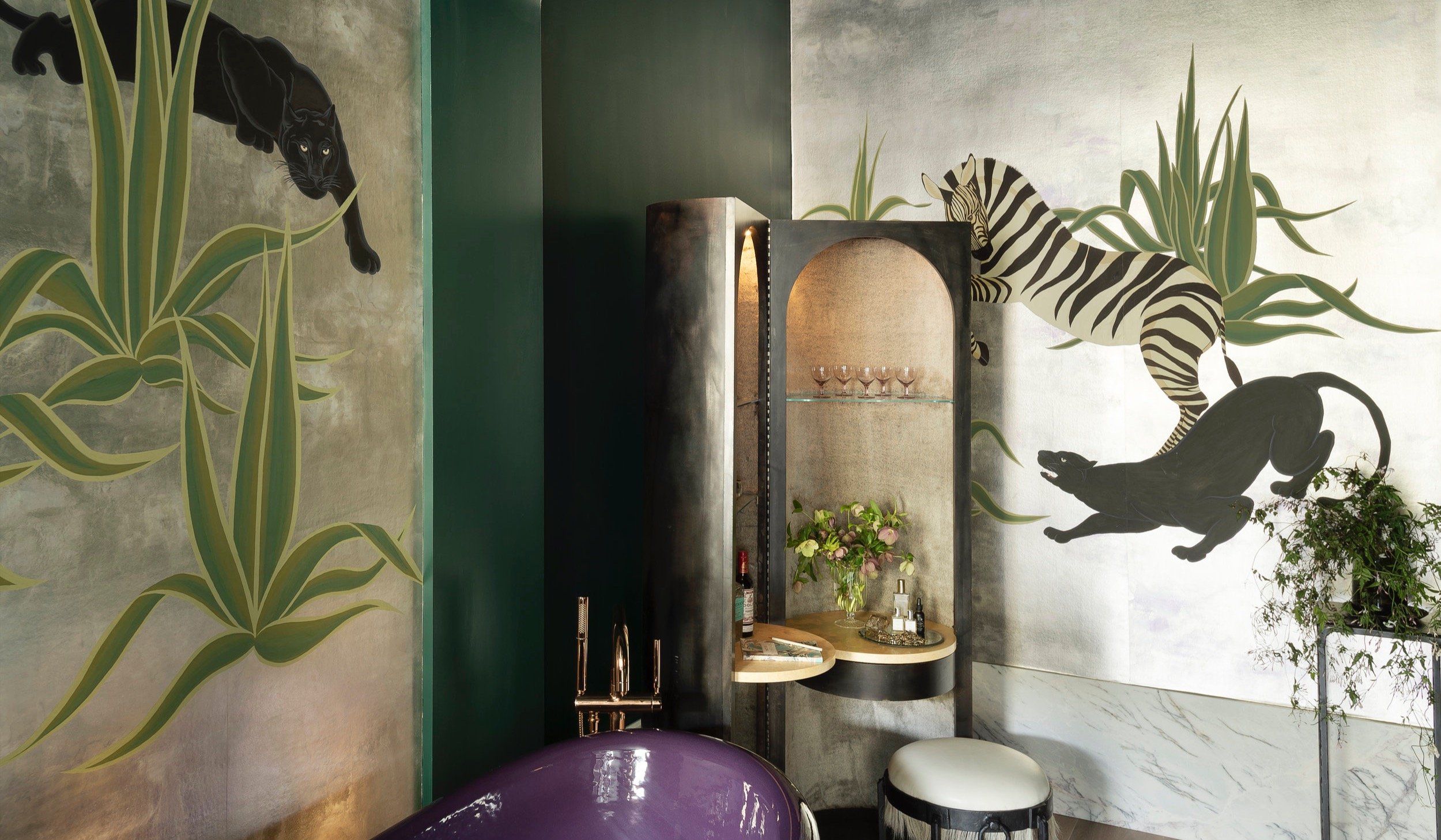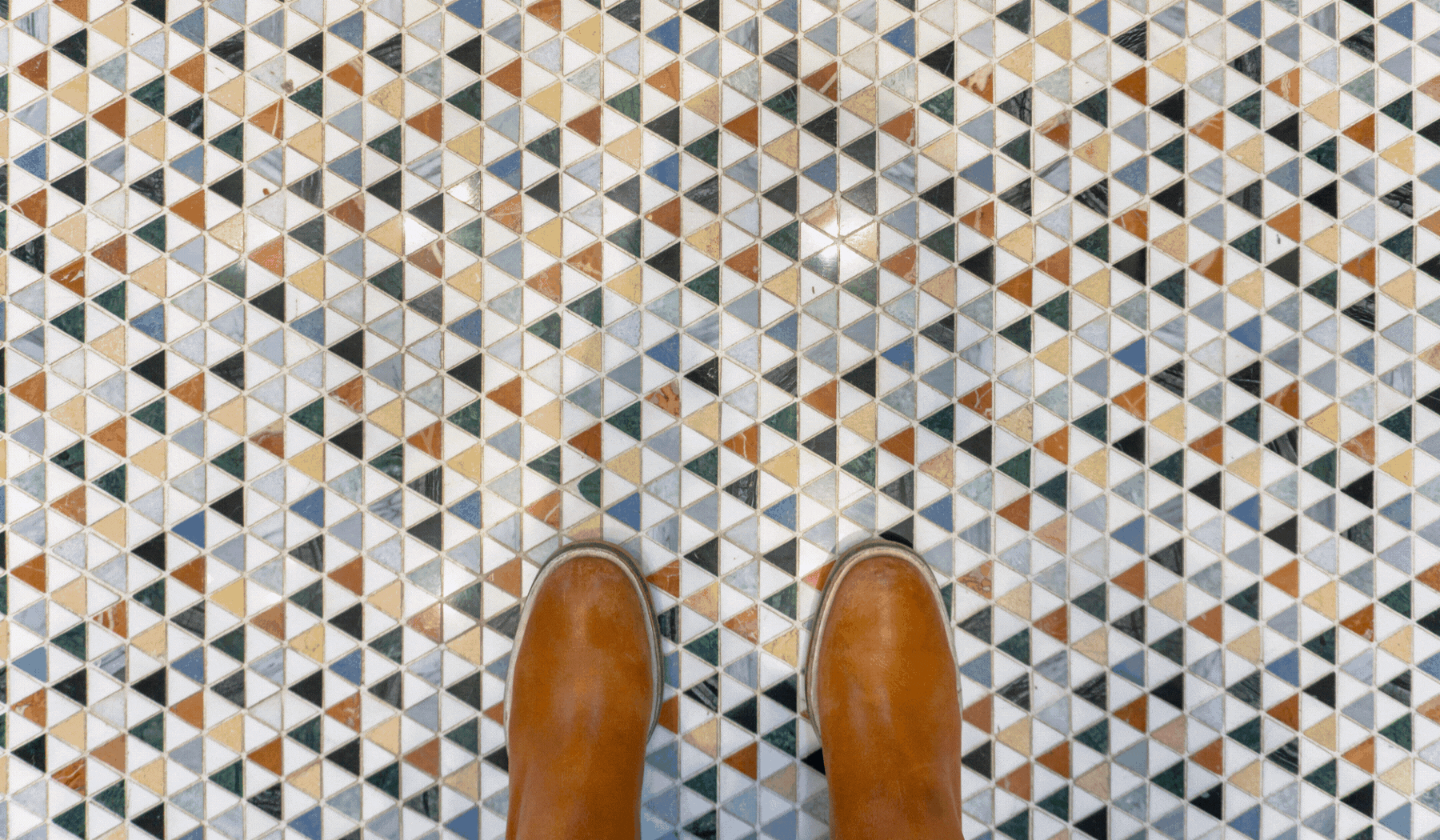
Choosing luxury tiles can be a fraught experience, and in many ways the luxury sector is even more difficult to understand than more economy-oriented products. With its emphasis on visual appeal, the luxury tile market often paradoxically requires you to focus even more on the quality of materials, as surface features may be used to mask sub-par production standards underneath.
Fortunately, it is fairly easy to educate yourself about the luxury tile world and so put the power back in the buyer’s hands. Here are three luxury tile purchasing secrets that will ensure you can look beyond the marketing and surface flash to make a genuinely informed decision.
Heavily Scrutinize the Tile Durability
A tile’s durability is often one of the best metrics to use when determining the true quality of its construction and its ability to maintain a luxury appearance over time.
The only legitimately valid measure of a tile material’s durability is its PEI rating. The Porcelain Enamel Institute (PEI) rating is used to categorize any tile’s material into one of five different tiers. These tiers are set up to emphasize real-world results and describe how any material can be expected to perform after seeing years of use from actual people walking across its surface.
Tier 1
This tier represents the least durable materials and is suitable only for residential or very light commercial use. In general, materials in this tier can’t be expected to stand up to any amount of regular foot traffic and will begin to suffer noticeable wear and tear within a few years of installation, even with the lightest use.
Tier 2
Materials in this tier are suitable for very light residential and commercial use, typically in areas that are looked at much more than they are actually walked on. They can sometimes be a good fit for border embellishments or similarly un-trafficked areas but are not at all suited for hallways, kitchens or other heavy-use areas of the home.
Tier 3
This tier describes materials that are typically suited for any area of the home when it comes to interior residential use but still won’t stand up to anything more than light foot traffic in a commercial setting.
Tier 4
At this tier, materials should be well suited to any conceivable residential setting and can begin to stand up to regular foot traffic in a commercial setting. In some cases, tier 4 materials are even suited to light commercial use, like infrequently trafficked areas of hospitality and restaurant establishments.
Tier 5
This tier represents the strongest and most durable materials. Tiles at this tier should be strong enough to stand up to even the heaviest levels of typical foot traffic and can be used for all residential applications, along with heavy commercial traffic and even most types of industrial usage.
In the luxury market, slate and granite tiles are the most durable of modern stone tiles. Materials like marble, limestone and travertine are reasonably durable, and suitable for residential use, although heavy of commercial traffic is guaranteed to impart visible wear and tear in short order.
Come explore our complete luxury tile collection to find out what options are available for you.
Look at a Large Sample Size Before Deciding
It’s common in many tile showrooms to have nothing to work with but a handful of small material samples. However, basing your purchasing decision entirely off such a small dimension is an inaccurate way to proceed. The true test of a material’s quality is its ability to present a luxurious and durable appearance across hundreds (even thousands) of square feet, while even sub-par materials can usually look appealing when you’re only examining a 1-inch section.
Accordingly, while you can use 1-inch samples to assess general color and design, you should always ask for larger sizes to assess the true quality of the life-sized tiles that you’ll actually be purchasing.
Understand the Tile Use Case
While PEI tiers are the best way to assess a material’s durability over time, they don’t describe any other usability factors. For issues like slippage, spill resistance and how a material will react to moisture cycles, you need to review those individual characteristics on their own.
In many ways, such characteristics are even more important than PEI tiers, as choosing a material that’s a poor fit for your expected usage can lead to unsightly (and potentially dangerous) wear and tear even when a material isn’t experiencing heavy foot traffic. In the worst case, a mismatch between material and setting can lead to tiles that swiftly begin to degrade simply from the atmospheric conditions they're exposed to.
In most situations, you’ll need to rely on the expertise of the seller and installer, as marketing lingo on a tile’s packaging or promotional material may not be an accurate indicator of its real-world performance characteristics.
Opening the Door on Luxury Tile Purchasing Secrets
We believe that luxury tiles require a luxury buying experience, and our products are carefully curated to provide the best results in any appropriate setting.
Come explore our free stone care guide for actionable steps to follow to find the best way to maintain your stone tile.





